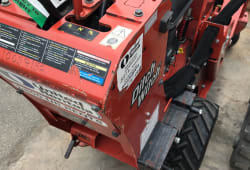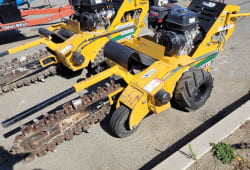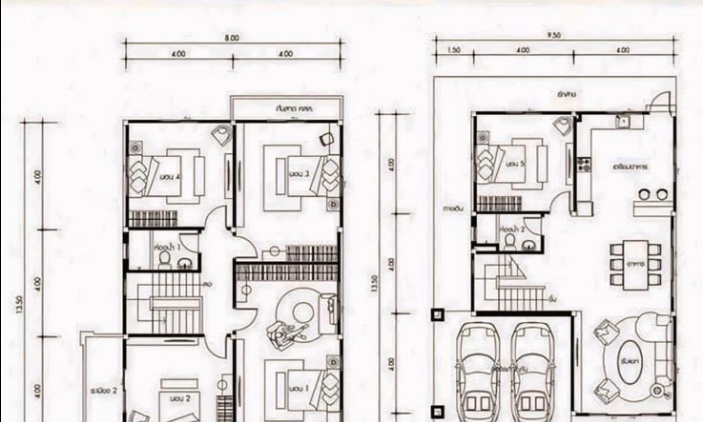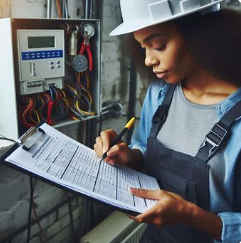French Drain Construction: Purpose, Details, Steps, Pros and Cons
4 Min read
)
November 4, 2025
If you're dealing with excess water in your yard or around your home’s foundation, a French drain construction project might be the solution you need. French drains are effective, long-lasting systems designed to redirect water away from problem areas. In this guide, we’ll walk you through the purpose of French drain construction, detailed steps for installation, and the advantages and disadvantages you should consider before digging in.
What Is French Drain Construction?
A French drain is a trench filled with gravel and a perforated pipe that redirects surface water or groundwater away from an area. Commonly used in landscaping, foundation protection, and agricultural drainage, French drain construction helps manage water flow in a simple, gravity-powered system.
This system typically consists of:
A sloped trench
Perforated drainage pipe (PVC or corrugated)
Gravel or stone fill
Landscape fabric (optional for clog prevention)
French drains are popular due to their affordability and effectiveness, especially in preventing water damage in basements and crawl spaces.
Purpose of French Drain Construction
The primary purpose of French drain construction is to manage water by directing it away from specific areas such as:
Building foundations to prevent structural damage and flooding.
Yards or lawns prone to standing water.
Retaining walls to relieve hydrostatic pressure.
Driveways and patios with poor drainage.
By channeling water away from these zones, a French drain helps maintain soil stability, reduces erosion, and protects structures from moisture-related issues.
French Drain Construction Detail
Successful French drain systems rely on proper design and materials. Below are the key construction details:
Trench Depth and Width: Typically 6–24 inches deep, depending on your drainage needs.
Slope: A minimum 1% grade is recommended (1-foot drop over 100 feet).
Pipe: Perforated pipe placed holes-down to allow water to seep in from below.
Gravel: Washed gravel surrounds the pipe to improve drainage.
Fabric: Landscape fabric lines the trench to prevent soil clogging the system.
Outlet: Water should exit into a dry well, swale, or storm drain.
Attention to these construction details ensures the long-term functionality and durability of the system.
Steps in French Drain Construction
:format(webp))
Here’s a step-by-step guide to installing a basic French drain:
Plan and Locate Utilities: Identify water flow patterns and call to mark underground utilities before digging.
Dig the Trench: Create a trench 6" to 24" deep, ensuring a consistent downward slope.
Add Landscape Fabric: Line the trench with filter fabric to keep dirt out of the pipe and gravel.
Lay Gravel Base: Add a few inches of gravel at the bottom of the trench.
Install Pipe: Place the perforated pipe in the trench, holes facing downward.
Add More Gravel: Cover the pipe with more gravel (up to a few inches from the surface).
Wrap Fabric and Backfill: Fold the fabric over the top of the gravel, then backfill with soil or decorative rock.
Advantage and Disadvantage of French Drain Construction
Advantages
Efficient drainage that protects structures from water damage.
Cost-effective and relatively simple to install.
Low maintenance compared to other drainage systems.
Reduces erosion and soil saturation around foundations.
Disadvantages
Labor-intensive installation, especially if trenching through rocky or root-heavy areas.
Potential clogging without proper fabric and maintenance.
Requires space for proper water redirection and trenching.
Not suitable for flat terrain without grading adjustments.
When to Consider a French Drain
You might need a French drain if you notice:
Puddles or standing water in your yard.
Wet basement walls or foundation leaks.
Excess moisture around retaining walls.
Erosion or soggy landscaping after rainfall.
French drains are ideal for sloped yards or areas with consistent water buildup.
Maintenance Tips and Common Issues
While French drains are relatively low-maintenance, here are a few tips to keep them functioning:
Check outlets regularly for blockages, especially after heavy rain.
Inspect the trench for signs of surface water backup or erosion.
Clear debris around the pipe or gravel every few years if possible.
Avoid driving over the drain or planting deep-rooted trees nearby.
Conclusion
French drain construction is a smart solution for managing unwanted water around your home or property. With a clear understanding of its purpose, construction details, and installation steps, you can protect your foundation, improve landscaping, and prevent water damage.
Whether you're a homeowner, contractor, or landscaper, knowing the advantages and disadvantages of French drain construction can help you make an informed decision and create a long-lasting drainage solution.














